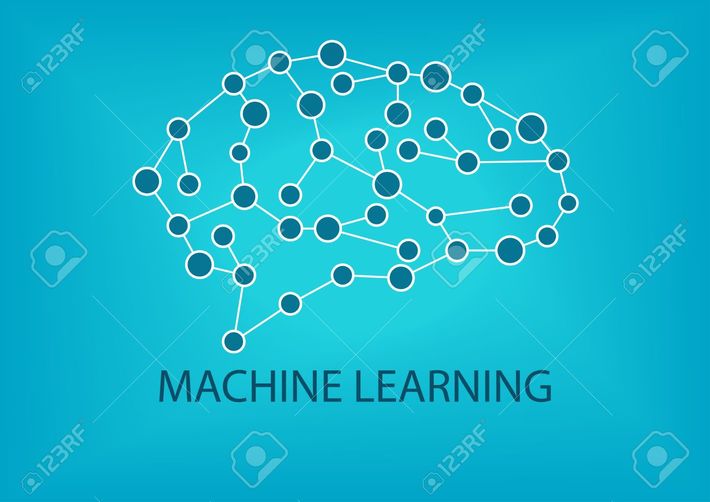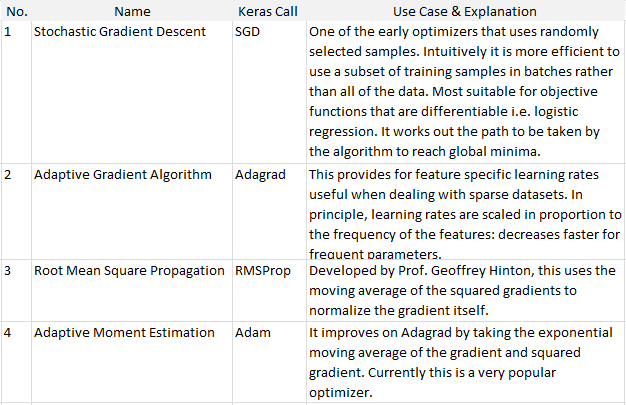 “The book of nature is written in the language of mathematics!” – Galileo.
“The book of nature is written in the language of mathematics!” – Galileo.
Each has their own journey through the deep woods of AI & ML. My own exploration has had many stops and starts, stumbles and falls and change in direction. Along the way I have been picked up and helped along by fellow travellers who have told me wondrous tales of their adventures – in the form of blogs, papers, videos and books and, I have quoted from these extensively.
This series of posts is written more in the style of personal reminder notes. If you have stumbled upon them, you are welcome to it. Indeed if you find some use, my pleasure will be doubled. On the other hand, if you feel some observations are not quite right, please feel free to send me an email ([email protected]) or a DM so I can course correct.
Deep Learning in perspective
There has been an enduring fascination at the prospect of machines “thinking” like humans and perhaps even out-thinking them! This fascination has spawned an entire genre of sci-fi and virtual reality movies and now, a whole new industry with driver-less cars, intelligent devices and what have you.
Artificial Intelligence (AI) has fundamentally been concerned with computer systems simulating essentially intellectual processes. One of the earliest forays into so called AI was, programming a computer to play chess. This was really a set of pre-programmed winning moves fed into the computer as an instruction set. Francois Chollet describes this as symbolic AI. This conforms to the early view of Lady Ada Lovelace: The analytical engine has no pretensions whatsoever to originate anything. It can only perform whatever we know how to order it to perform!
This remark was later quoted and picked up by Dr Alan Turing as “Lady Lovelace’s objection” and forms the crux of the “Turing test” which determines what can truly be classified as AI.
Machine Learning (ML) arises from the question – Can a computer go beyond what we order it to perform? ML may be considered as a subset of AI whereby a computer system is “trained” and thereby learns based on known data.
In classical programming, a computer system applies a set of pre-programmed rules to evaluate input data and produces an output. In contrast, Machine learning is a different paradigm whereby a computer is expected to derive the rules from a labelled input dataset!
How does it to do it? As we shall see, it’s all mathematics.
Deep learning (DL) may be considered a further refinement of general ML approaches utilising a number of layers of artificial neural networks (ANNs) to extract progressively accurate information. Thus raw data is progressively transformed into a more meaningful representation as it passes through each successive layer.

Some of the more popular optimizers
Deep down it is all maths! Read the full article here.
